María Candelaria
8 /10 1 Votes
Director Emilio Fernandez | 7.8/10 IMDb Duration Language Spanish | |||||||||||||||||||||||||||||||||
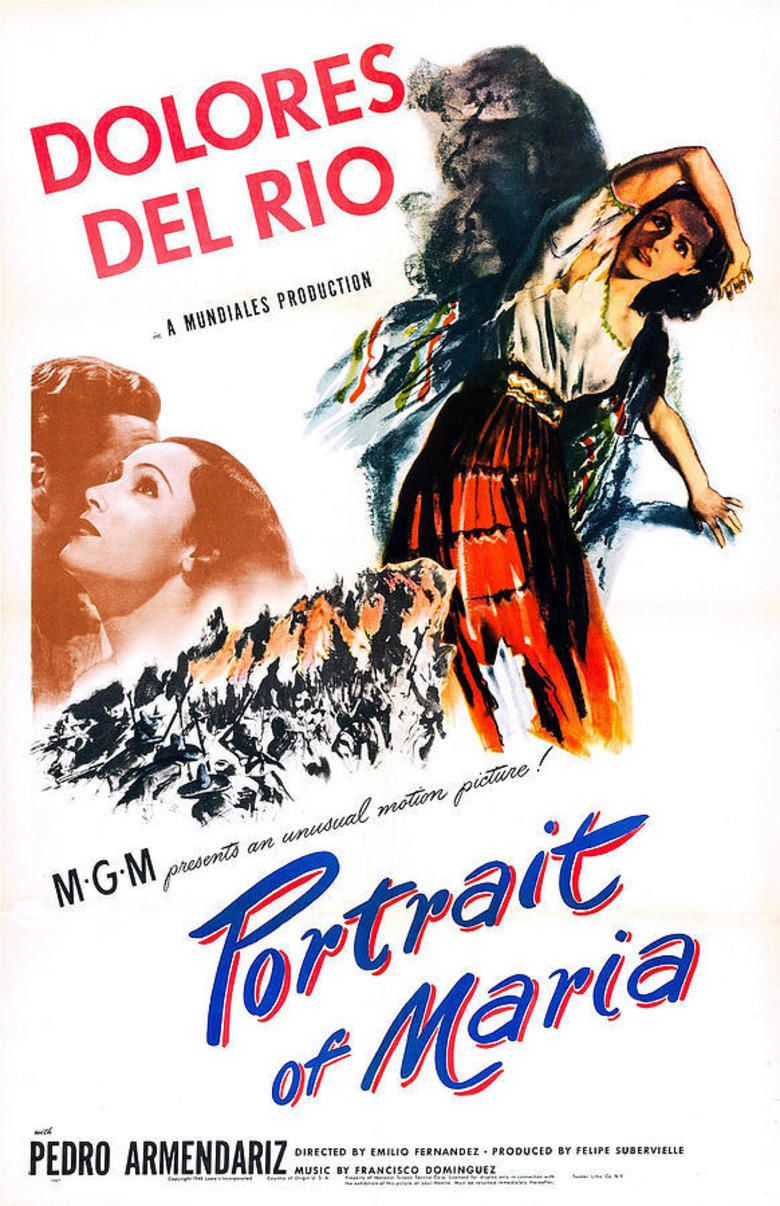 | ||||||||||||||||||||||||||||||||||
Writer Emilio Fernandez, Mauricio Magdaleno Tagline Una sublime historia de amor | ||||||||||||||||||||||||||||||||||
Mar a candelaria
María Candelaria is a 1944 Mexican film directed by Emilio Fernández and starring Dolores del Río and Pedro Armendáriz. It was the first Mexican film to be screened at the Cannes International Film Festival where it won the Grand Prix (now known as the Palme d'Or) becoming the first Latin American film to do so. María Candelaria would later win a Silver Ariel award for Best Cinematography.
Contents
The film came to be regarded as one of Fernández's best works, in which he portrays the indigenous people of Mexico with innocence and dignity. Fernández has said that he wrote an original version of the plot on 13 napkins while sitting in a restaurant. He was anxious because he was dating Dolores del Río and could not afford to buy her a birthday present. The film was originally titled Xochimilco and the protagonist was named María del Refugio.
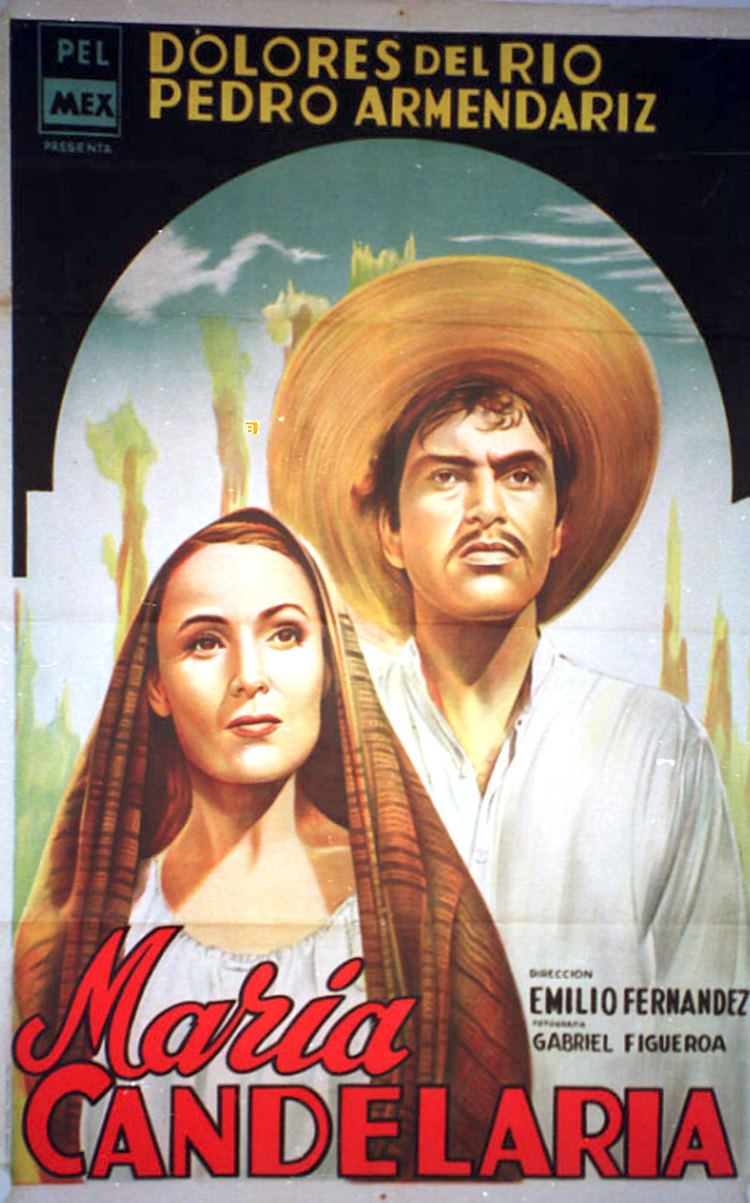
Major themes in the film include melodrama, indigenousness, nationalism, and the beauty of Mexico. María Candelaria is one of Mexico's most beloved films of all time, and it was ranked thirty-seventh among the top 100 films of Mexican cinema.
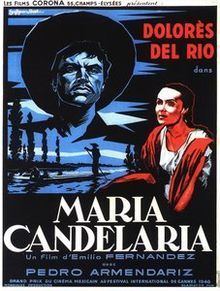
Plot
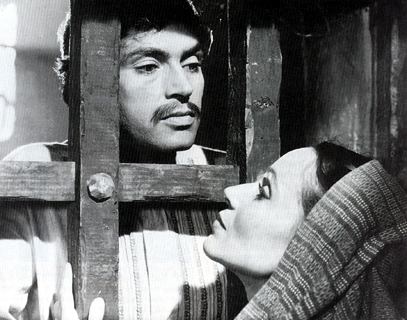
A young journalist presses an old artist (Alberto Galán) to display the portrait of a naked indigenous woman that he has in his study. As the artist begins to tell the story behind the painting, the action becomes a flashback to Xochimilco, Mexico in 1909, right before the Mexican Revolution. Xochimilco is an area with beautiful landscapes inhabited mostly by indigenous people.

The woman in the painting is María Candelaria (Dolores del Río), a young indigenous woman shunned by her own people for being the daughter of a prostitute. She and her lover, Lorenzo Rafael (Pedro Armendáriz), face constant struggles. They are honest and hardworking, yet nothing ever goes right for them. Don Damián (Miguel Inclán), a jealous Mestizo store owner who wants María for himself, prevents them from getting married. He kills a piglet that María and Lorenzo planned to sell for profit and refuses to buy flowers from them. When María contracts malaria, Don Damián refuses to give the couple the quinine necessary to fight the disease. Lorenzo breaks into the store to steal the medicine and takes a wedding dress for María. Lorenzo goes to prison for stealing and María agrees to model for the painter to pay for his release. The artist begins painting her portrait and then asks her to pose nude, which she refuses to do.

The artist finishes the painting with the nude body of another woman. When the people of Xochimilco see the painting, they assume it is María Candelaria and stone her to death.

Finally, Lorenzo escapes from prison to carry María's lifeless body through Xochimilco's Canal of the Dead.
Cast
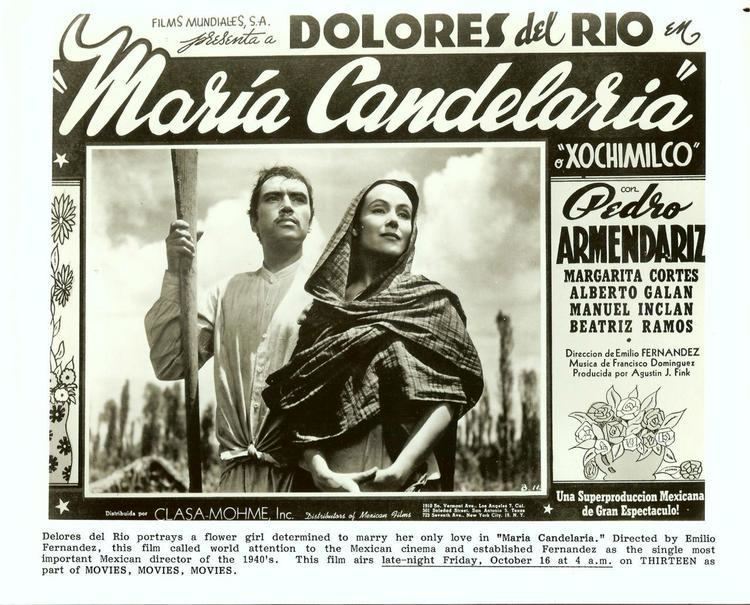
Other characters
Production
María Candelaria benefited from a time of commercial success in the Mexican film industry in the 1940s and 1950s. Fernández and Figueroa had worked together previously, and they shared a similar vision for the film. In addition to the experienced team of producers, the film benefited from Dolores del Río's success as an actress through the star system.
The film was the gift that Emilio Fernández offered to Dolores del Río, to compensate for his mistreatment of del Río during their filming of Flor silvestre (1943). Emilio's "bronco" temperament had surfaced on several occasions, and the actress had nearly left the film. The pleas of their co-workers, and her high sense of professionalism, convinced del Río to return. However, her relationship with the director had become distant. On Good Friday 1943, del Río's birthday, was the occasion chosen by the filmmaker to find the desired reconciliation. In addition to needing her as an actress, Fernández began to love her as a woman. In his biographical account of the actress, writer David Ramón relates:
"When it was Emilio Fernández's turn to give her his gift, he got close up to Dolores and took a bunch of napkins with writings, and he practically threw them to her and said: This is your birthday present, a history of cinema. I hope you'll like it, it's your next film, it's called Xochimilco. It's yours, it's your property, if somebody wants to buy it, they'll buy it from you."
With the generous gift and all, Dolores had her doubts. She said: "First a rural woman ... And now, an Indian woman, you want me to play an indian? I ... barefooted?"
